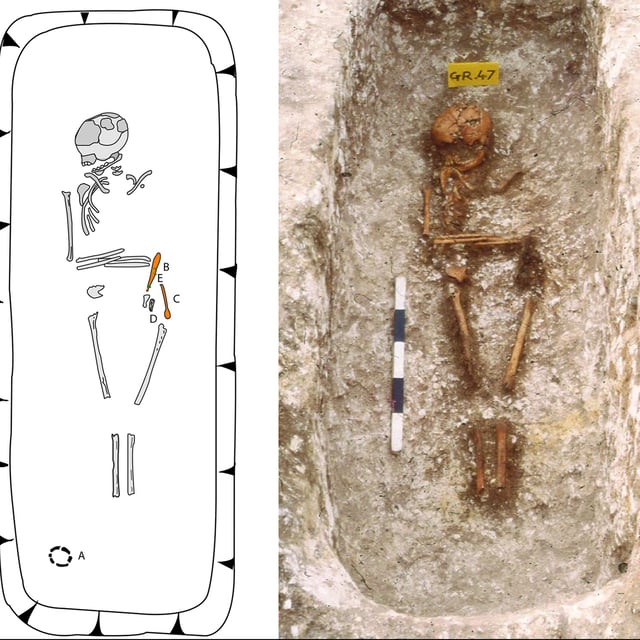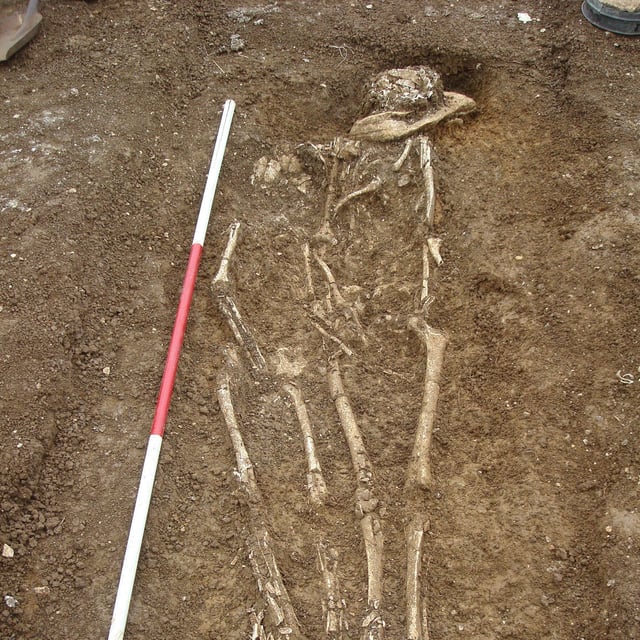Overview
- Autosomal DNA from a girl at Updown and a youth at Worth Matravers contained 20–40 percent affinity to present-day West African groups while their mitochondrial lineages were northern European.
- Carbon and nitrogen isotope ratios indicate the Worth Matravers individual was born and raised locally and both were buried with customary grave goods and funerary rites.
- Researchers applied high-resolution ancient genome sequencing coupled with isotope and burial-context data to trace mixed ancestry and community status.
- Genealogical modelling suggests each individual’s West African ancestry entered the lineage through an unrelated paternal grandparent.
- Authors argue the findings challenge notions of an ethnically homogeneous Anglo-Saxon England and propose reopened Mediterranean trade after the Byzantine reconquest as a potential conduit for African gene flow.

